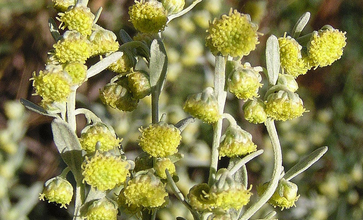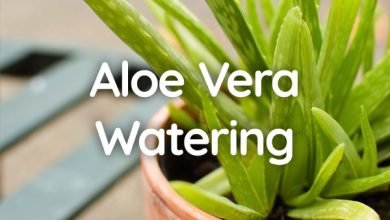Avocado Varieties: The Most Important
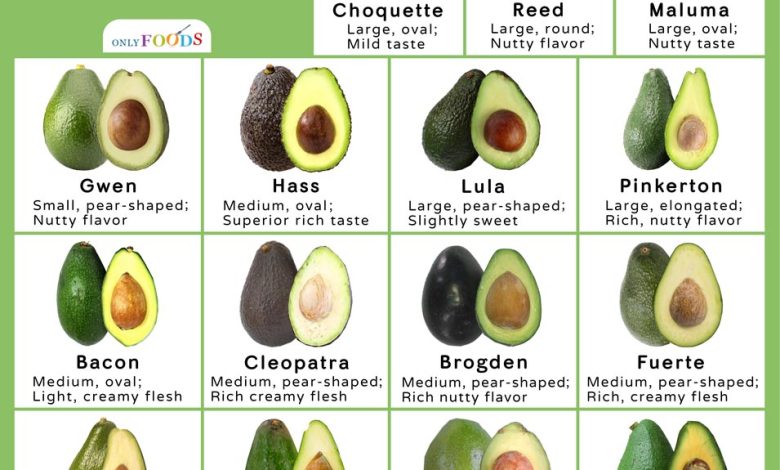
Hello farmers. In this article we are going to talk about the different varieties of avocado that we can plant in our garden. We will make a comparison between the most outstanding based on its agronomic characteristics, its flavor and its adaptation to the different zones according to the climate. However, although there are varieties more adapted to low temperatures, it is not a plant that we can grow in cold areas.
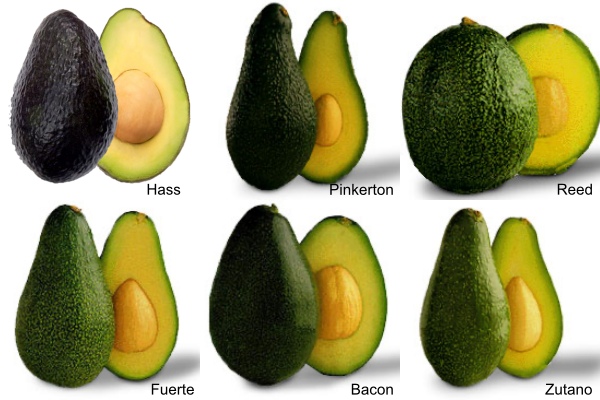
avocado bloom
Before starting to explain the different varieties of avocado, it is important to remember the type of flowering of this tree that we already explained in detail in the article How to grow Avocado (Palta or Avocado): Complete guide.
Flowering and variety type have a direct relationship. Avocado varieties can be classified into 2 large groups depending on whether the type of flower is A or B, and we will need a variety of each to obtain a larger harvest. The objective of planting a variety with type A flowers and another with type B flowers in our orchard is that there is an overlap in the flowering of both, in such a way that variety B fertilizes variety A and thus obtain a greater number of avocados..
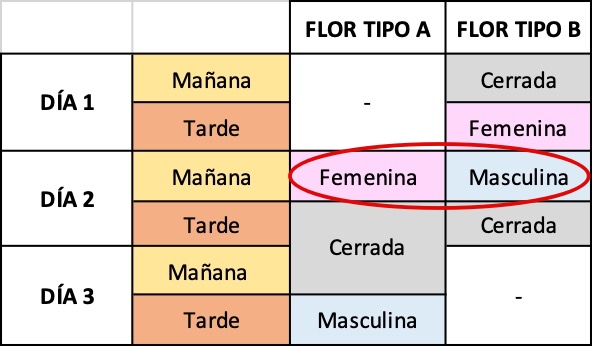
Varieties of avocado according to the type of flower
As we have already mentioned, we can distinguish two large groups of avocado varieties depending on whether the flower is type A or type B:
- Most important type A varieties:
- Hass
- Lamb-Hass
- Carmen
- Pinkerton
- Reed
- Most important type B varieties:
- Strong
- bacon
- Zutano
Below we will explain each of them in more detail.
Hass (type A)
It is the most important variety in the world, so it is probably the type of avocado that you are most used to seeing in supermarkets. It is medium in size, oval in shape and with very dark green and rough skin.
As for the organoleptic characteristics, the pulp is of great quality, with a slight flavor of dried fruit, little fibrous and of great use, therefore, in this sense, Hass has no competitor.
On the other hand, its cold tolerance is intermediate, although higher than that of other type A varieties.
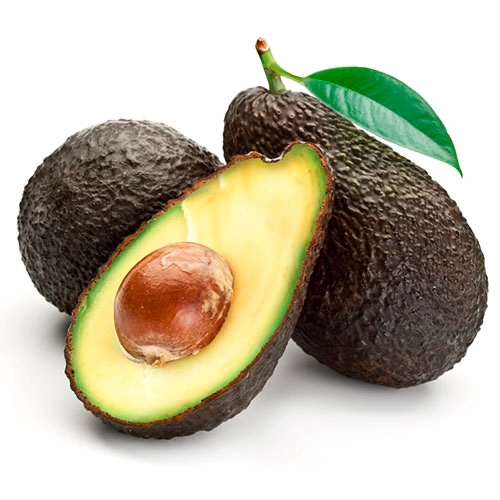
Lamb Hass (type A)
Lamb Hass is a variety of avocado that comes from hybridization with Hass. It is designed for less suitable areas for this crop, with higher temperatures, winds and greater salinity in the soil. The tree produces more fruits than Hass and larger, it is also more resistant to the incidence of the glassy mite, which we already explained in the article on avocado pests and diseases.
Carmen (type A)
Carmen is also a Hass hybrid. It will hardly be distinguished from it in appearance, it also has a similar rough skin, size and use. Although, the quality of the pulp of the Carmen variety will surpass that of Hass in terms of flavor and texture. In addition, it will have a higher production and an earlier maturation.
Pinkerton (type A)
This variety is also pear-shaped, although it is longer and larger. The color of the skin is similar to that of Hass, but the texture is at least rough. The smaller size of the inner seed means that the use of the pulp is greater. Although its characteristics in terms of flavor and texture are acceptable, they do not exceed those of Hass.
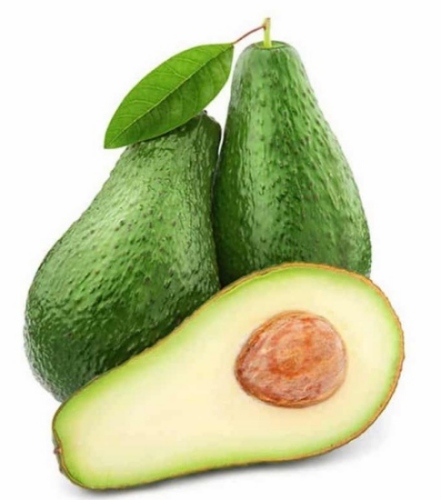
Reeds (type A)
The Reed variety is clearly distinguished from the others due to its practically round shape, as well as having a much smoother and not so dark skin. The pulp has a good quality and flavor, similar to that of Hass.
The problem with this variety is that the tree has an accentuated vertical growth, which increases the pruning tasks as well as making it difficult to harvest.
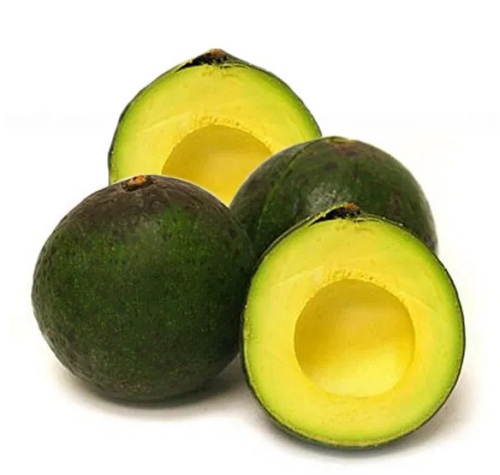
Strong (type B)
Fuerte is the most cultivated type B variety worldwide. Normally it is produced in conjunction with Hass, so that its production is favored as the flowering of the two varieties overlaps.
It is also pear-shaped, although more elongated. Its skin is practically smooth, finer, and a lighter and brighter green. It offers a greater use of the pulp, which is of great quality and flavor.
The problem with this variety is that it is more delicate than others in terms of resistance to cold and disease incidence.
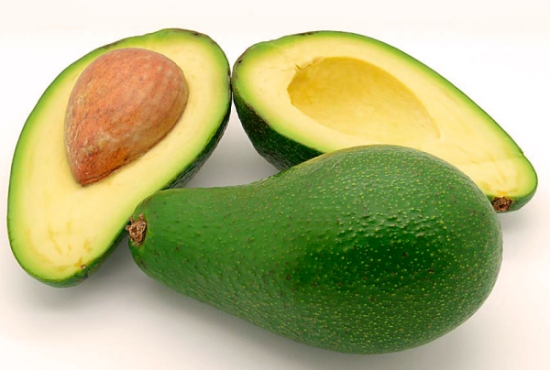
Bacon (type B)
The Bacon variety would also make a good pollinator for Hass. Its shape is more oval and somewhat larger. The skin is finer and brighter. The inner seed is larger, which means that the use of the pulp is not as high as that of Hass. The flavor and texture is not too good, although somewhat better than other varieties such as Zutano.
On the other hand, Bacon would be a good option for colder places, since it better resists low temperatures, as well as being more resistant in windy areas.
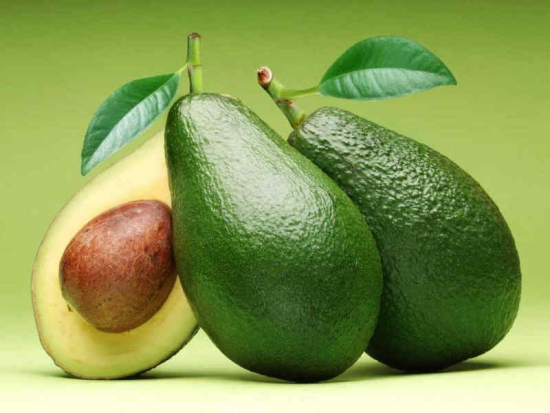
Zutan (type B)
The Zutano variety does not have very remarkable qualities in terms of flavor and texture. Although, it adapts better to colder temperatures than other varieties, so its use will be restricted to those areas where it is not feasible to choose another option.
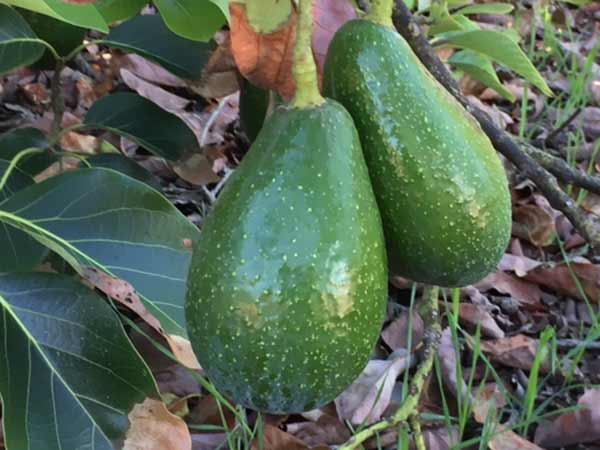
Bibliographic references
- Agriculture & Natural Resources, University of California. (nd).Avocado Varieties. Avocado Information.http://www.ucavo.ucr.edu/AvocadoVarieties/AvocadoVarieties.html
- Brokaw Spain. (nd).Avocado varieties. Brokaw Nurseries. https://www.viverosbrokaw.com/productos/aguacate/varieties-of-avocado/

![Photo of Hoya Linearis: [Planting, Care, Substrate and Irrigation]](https://www.complete-gardening.com/wp-content/uploads/2022/08/hoya-linearis-planting-care-substrate-and-irrigation-390x220.jpg)
![Photo of Tradescantia Pallida or Purpurina: [Planting, Care, Watering and Substrate]](https://www.complete-gardening.com/wp-content/uploads/2022/08/tradescantia-pallida-or-purpurina-planting-care-watering-and-substrate-390x220.jpg)
